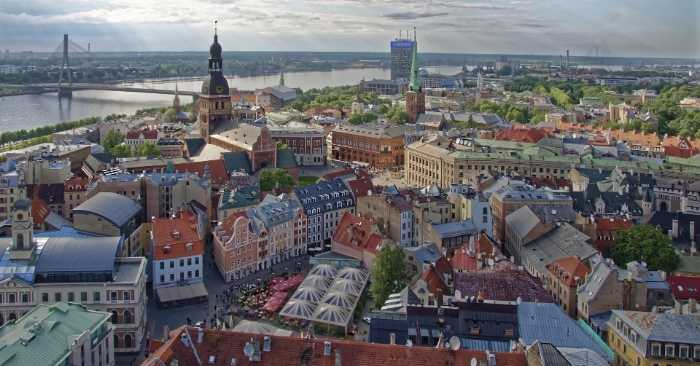
Riga
LatviaRiga, the vibrant capital of Latvia, gracefully straddling the Daugava River, offers a compelling narrative woven from its Hanseatic past, Art Nouveau splendor, and a resilient spirit forged through centuries of shifting geopolitical tides. It wasn't always the undisputed heart of the region; for periods under various foreign rules, other Baltic centers held significant influence, a testament to Latvia's strategic location and the ebb and flow of power in Northern Europe. Yet, Riga's crucial port and its burgeoning cultural scene ultimately cemented its role as the nation's dynamic hub. Consider this: Riga boasts one of the most impressive collections of Art Nouveau architecture in Europe, often considered second only to Brussels. This early 20th-century architectural style, characterized by its organic forms, intricate ornamentation, and mythological motifs, flourished in Riga, leaving behind a stunning legacy of elaborately decorated buildings that transform entire streets into open-air art galleries. Intriguingly, Riga's Old Town (Vecrīga), a UNESCO World Heritage site, is home to a unique tradition involving the Bremen Town Musicians, the beloved characters from the Grimm fairy tale. A sculpture depicting the donkey, dog, cat, and rooster standing atop one another can be found near St. Peter's Church. Rubbing the donkey's nose is said to bring good luck, a charming and whimsical addition to the city's historical landscape. Another fascinating aspect of Riga lies in its historical claim as the location where the very first Christmas tree was decorated in the early 16th century. According to historical accounts, members of the Blackheads' Brotherhood, a guild of unmarried merchants, adorned a tree with artificial roses, danced around it, and then burned it. This tradition, predating the widespread adoption of Christmas trees, marks Riga as a potential birthplace of a beloved holiday custom. Beyond its architectural and folkloric charms, Riga holds a significant place in cinematic history. The city served as a key filming location for the iconic Soviet-era Sherlock Holmes adaptations, particularly "The Adventures of Sherlock Holmes and Dr. Watson." Riga's atmospheric Old Town and its historic streets provided the perfect backdrop for recreating Victorian London, a testament to the city's timeless appeal and adaptable aesthetics. Furthermore, Riga's Central Market (Centrāltirgus), housed in five repurposed Zeppelin hangars from World War I, is one of the largest and most vibrant marketplaces in Europe. These massive pavilions offer a diverse array of goods, from fresh produce and local delicacies to clothing and household items, providing a bustling and authentic glimpse into everyday life in Riga. Finally, for those with a taste for local spirits, Riga is the birthplace of Black Balsam (Rīgas Melnais balzams), a traditional herbal liqueur with a complex and somewhat mysterious recipe dating back to the 18th century. This potent drink, often enjoyed neat, in cocktails, or even as a remedy, is a distinctly Latvian concoction and a cultural icon of the city. To explore Riga is to encounter a capital where Art Nouveau masterpieces line cobblestone streets, a fairy tale sculpture brings good fortune, the spirit of the first decorated Christmas tree lingers, and a historic market thrives within repurposed airship hangars, all contributing to its uniquely captivating character.
 Botanical Garden of the University of Latvia
Botanical Garden
Botanical Garden of the University of Latvia
Botanical Garden
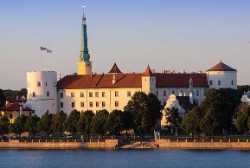 Riga Castle
Castle
Riga Castle
Castle
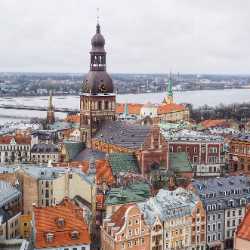 Riga Cathedral Tower
Cathedral
Riga Cathedral Tower
Cathedral
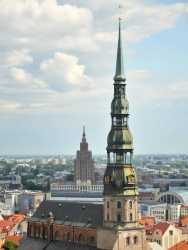 St. Peter's Church Tower
Church
St. Peter's Church Tower
Church
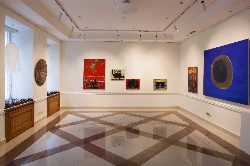 MuseumLV Gallery
Gallery
MuseumLV Gallery
Gallery
 Digital Art House
Gallery
Digital Art House
Gallery
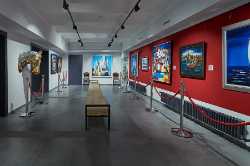 Art Platz
Gallery
Art Platz
Gallery
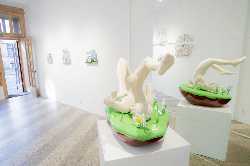 LOOK! Art Gallery
Gallery
LOOK! Art Gallery
Gallery
 Riga Old Town
Historical landmark
Riga Old Town
Historical landmark
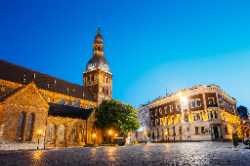 Dome Square
Historical landmark
Dome Square
Historical landmark
 Rīgas Centrāltirgus
Market
Rīgas Centrāltirgus
Market
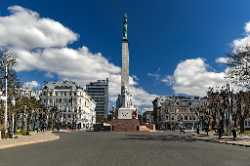 Freedom Monument Square
Monument
Freedom Monument Square
Monument
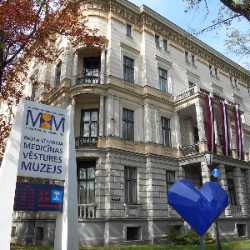 Pauls Stradiņš Museum of the History of Medicine
Museum
Pauls Stradiņš Museum of the History of Medicine
Museum
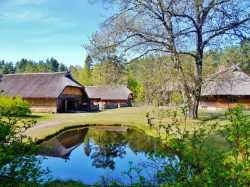 The Ethnographic Open-Air Museum of Latvia
Museum
The Ethnographic Open-Air Museum of Latvia
Museum
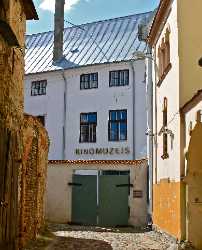 Latvian Film Museum
Museum
Latvian Film Museum
Museum
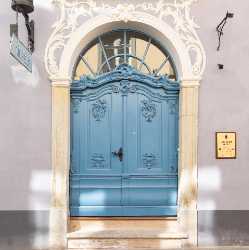 Latvian Museum of Pharmacy
Museum
Latvian Museum of Pharmacy
Museum
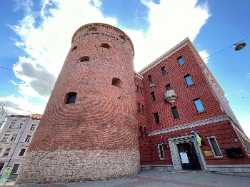 Latvian War Museum
Museum
Latvian War Museum
Museum
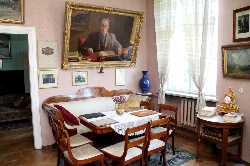 Andrejs Upīts’ Memorial Museum
Museum
Andrejs Upīts’ Memorial Museum
Museum
 The Corner House
Museum
The Corner House
Museum
 Museum of the History of Riga and Navigation
Museum
Museum of the History of Riga and Navigation
Museum
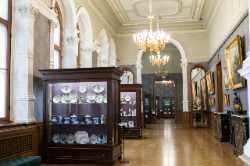 Art Museum Riga Bourse
Museum
Art Museum Riga Bourse
Museum
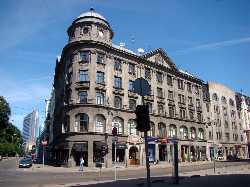 Krišjānis Barons Memorial Museum
Museum
Krišjānis Barons Memorial Museum
Museum
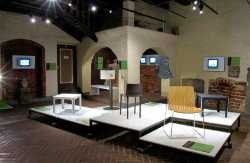 Latvian Museum of Architecture
Museum
Latvian Museum of Architecture
Museum
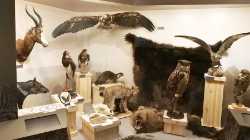 Latvian Museum of Natural History
Museum
Latvian Museum of Natural History
Museum
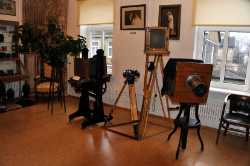 Latvian Museum of Photography
Museum
Latvian Museum of Photography
Museum
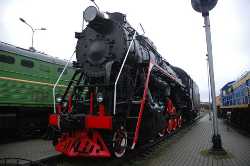 Latvian Railway History Museum
Museum
Latvian Railway History Museum
Museum
 Riga Aviation Museum
Museum
Riga Aviation Museum
Museum
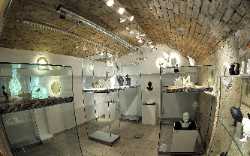 Riga Porcelain Museum
Museum
Riga Porcelain Museum
Museum
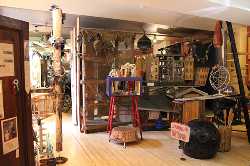 Planetarium at Science Centre Tehnoannas pagrabi
Museum
Planetarium at Science Centre Tehnoannas pagrabi
Museum
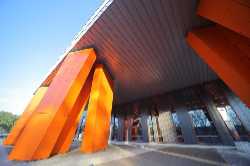 Museum Storage Facility and Forest of Sculptures
Museum
Museum Storage Facility and Forest of Sculptures
Museum
 Art Nouveau Museum
Museum
Art Nouveau Museum
Museum
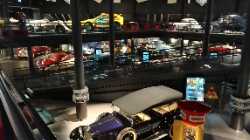 Riga Motor Museum
Museum
Riga Motor Museum
Museum
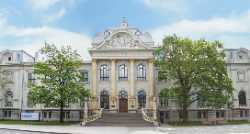 Latvian National Museum of Art
Museum
Latvian National Museum of Art
Museum
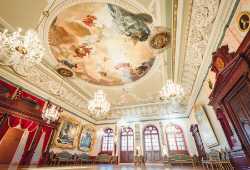 House of the Blackheads
Museum
House of the Blackheads
Museum
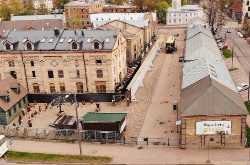 Riga Ghetto and Latvian Holocaust Museum
Museum
Riga Ghetto and Latvian Holocaust Museum
Museum
 Museum of the Occupation of Latvia
Museum
Museum of the Occupation of Latvia
Museum
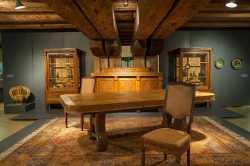 Museum of Decorative Arts and Design
Museum
Museum of Decorative Arts and Design
Museum
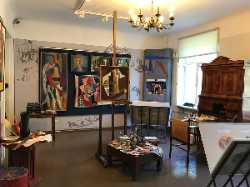 Romans Suta and Aleksandra Beļcova Museum
Museum
Romans Suta and Aleksandra Beļcova Museum
Museum
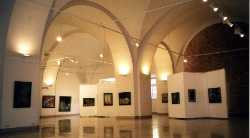 Art Museum Arsenāls
Museum
Art Museum Arsenāls
Museum
 Latvian National Opera and Ballet
Opera House
Latvian National Opera and Ballet
Opera House
 Esplanade Park
Park
Esplanade Park
Park
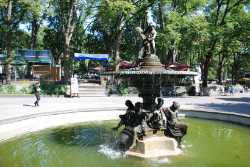 Vērmanes Garden
Park
Vērmanes Garden
Park
 Bastejkalns Park
Park
Bastejkalns Park
Park
 Rātslaukums
Square
Rātslaukums
Square
 New Riga Theatre
Theatre
New Riga Theatre
Theatre
 Daile Theatre
Theatre
Daile Theatre
Theatre
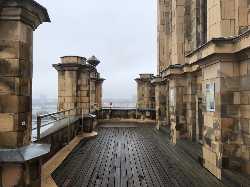 Latvian Academy of Sciences Observation Deck
Tourist attractions
Latvian Academy of Sciences Observation Deck
Tourist attractions
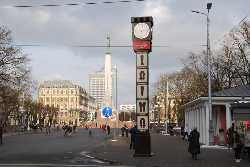 Laima Clock
Tourist attractions
Laima Clock
Tourist attractions
 Three Brothers
Tourist attractions
Three Brothers
Tourist attractions